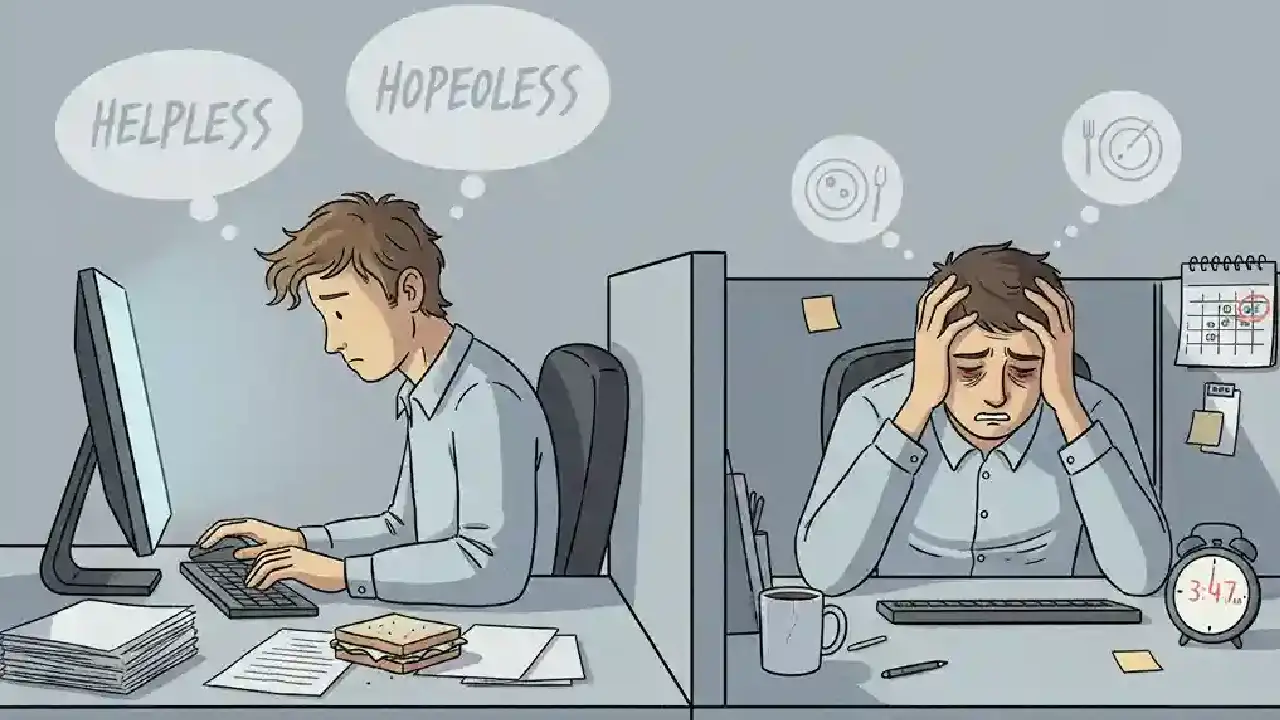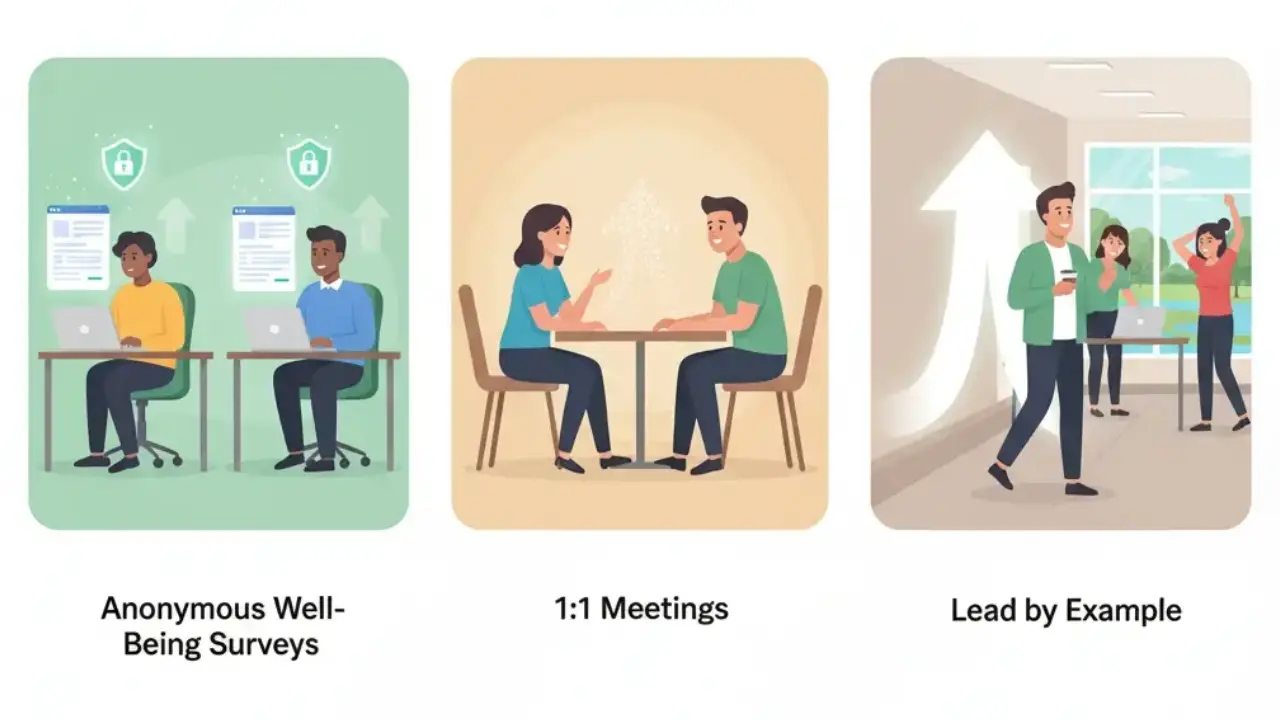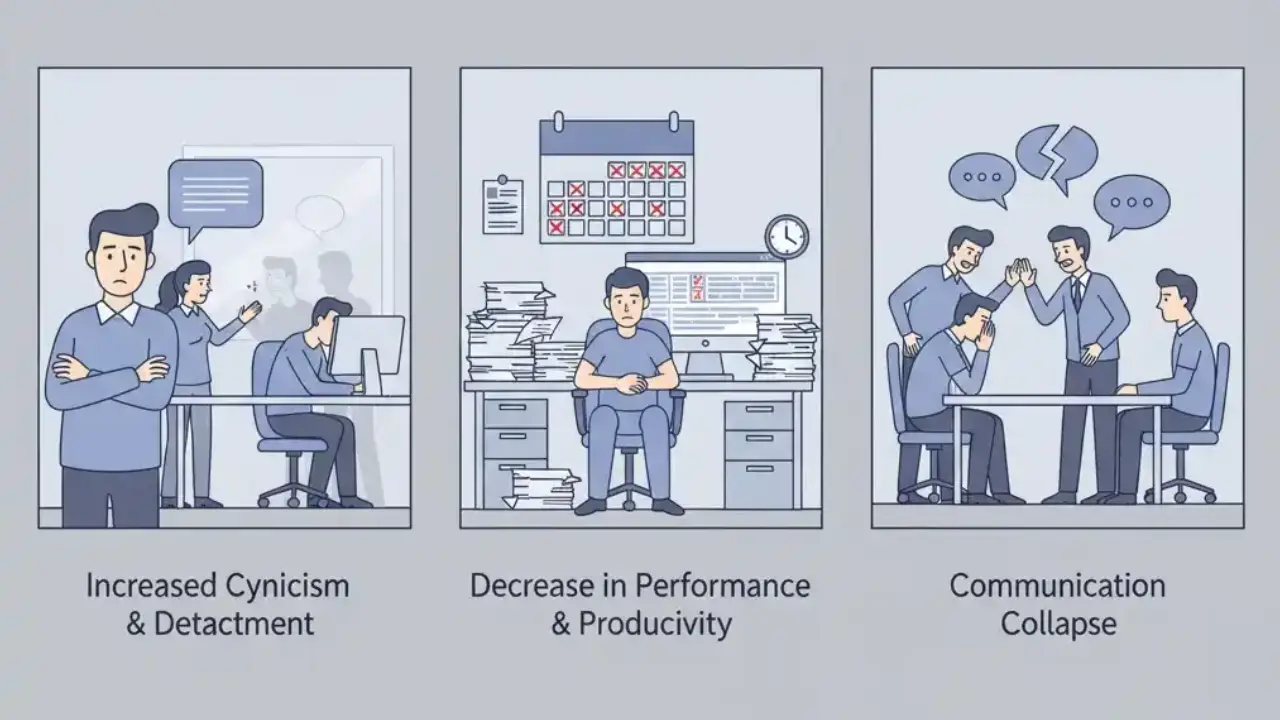Every year, the first half of work tends to begin with high energy. Individuals are motivated in Q1 and Q2, after being newly invigorated by goals and resolutions. By the time we reach Q3, though, things can get different. This is the phase I refer to as the “Q3 Slump.” The initial energy drops off, and the last push to Q4 is arduous and tiresome. For most teams, this time is accompanied by an unseen threat—Q3 burnout.
Burnout is not exhaustion. It is a serious performance threat and general well-being. Unless it’s addressed, it can cause severe performance problems, reduced morale, and even increased turnover. As leaders, we can’t wait until it’s at this point. We need to know how to spot team burnout signs early so we can help our people before it’s too late.

What Exactly is Employee Burnout?
In order to better assist our teams, we must first identify with the employee burnout definition. Burnout, as defined by the World Health Organization (WHO), is an occupational phenomenon—not a medical one—but one that has direct health consequences.
Simply put, employee burnout refers to a condition of emotional, physical, and mental exhaustion brought on by prolonged and excessive stress in the workplace. It usually manifests when employees feel overpowered, drained emotionally, and helpless to cope with constant demands.
Burnout has nothing to do with working long hours. It’s about the disparity between what employees put in and what they feel they’re getting back—whether it is recognition, assistance, or time to renew.

The Subtle and Not-So-Subtle Signs of Team Burnout
If you’re wondering how to spot burnout in a team, it begins with an observation of changes in behavior, emotions, and physical health. Most of the workplace burnout signs can easily go unnoticed at first, but if you pay attention to them, you can intervene early. The following are the most frequent signs of burnout in employees.
Significant Behavioral Changes to Observe
- Increased Cynicism & Detachment
If employees begin speaking negatively of their work, leaders, or even customers, then it may be a symptom of burnout. They may withdraw from social interactions at work or refuse to participate in team bonding activities. - Decrease in Performance & Productivity
Lost deadlines, an overnight decline in work quality, or repetitive errors are not necessarily caused by skill shortages. Most often, they are signs that employees are mentally and physically drained. - Communication Collapse
Well-functioning teams communicate effectively. But burnout breeds conflict, avoidance, and silence. If you see fewer individuals voicing opinions in meetings, or more fights erupting, this is a warning sign.
The Emotional and Physical Symptoms
In addition to behaviors, managers need to monitor the employee burnout symptoms that appear emotionally and physically. These are the most obvious symptoms of being burnt out at workplace and should never be overlooked.
Emotional Symptoms:
- Being constantly irritable or frustrated.
- Losing motivation, whereby employees just “go through motions.”
- Helplessness or hopelessness, whereby they feel nothing will ever get better.
Physical Symptoms:
- Burnout symptoms in the workplace normally comprise exhaustion that is not relieved by rest.
- Employees having increased sick leave or constantly complaining of illnesses.
- Visible changes in appetite or sleep.
These are not only symptoms that affect the individual but also the morale of the entire team.

How to Proactively Check-In on Your Team’s Wellbeing
It’s only half the battle to identify burnout. Prevention is the true strength of a leader. Managers, HR specialists, and team managers can proactively arrange for their teams to feel valued and supported. Following are some doable strategies:
- Perform Anonymous Well-Being Surveys
Provide employees with a secure means to express themselves regarding workload, stress, and work environment. Anonymous surveys have the capability to reveal problems that people may not voice publicly. - Conduct Regular 1:1 Meetings
Rather than concentrating on workload, utilize one-on-one meetings to inquire about how employees actually feel. An easy question such as, “How is your workload?” or “What is concerning you at the moment?” can lead to real talk. - Lead by Example
Staff observe the way managers act. If you never get breaks or holidays, your staff will feel forced to do the same. Demonstrate to them it’s acceptable to rest, recharge, and find balance.
By adopting these tiny practices, leaders can lower the risk of Q3 burnout and establish stronger trust with their staff.

Conclusion: Turning Observation into Action
Identifying team burnout signs is only the beginning. What you do afterward will determine your workplace culture. Talk to your team members about fixing the root causes—whether it’s overwhelming workloads, lack of control, inadequate recognition, or poorly defined expectations.
Building a culture of support, transparency, and respect is the most effective way to curtail burnout in the long run. Foster open communication, respect work-life balance, and make sure rewards and recognition are value-based.
This Q3, do not let your team slip into burnout. Rather, leverage these findings to act early. And tune in next time to our article on how to address Q3 burnout with smart recovery.

Frequently Asked Questions
Q1. Is Q3 burnout a real phenomenon, or simply a catchy buzzword?
Yes, Q3 burnout is a thing. Most companies experience a dip in energy and performance at this time because the employees feel trapped between the start of the year momentum and the end-of-year push.
Q2. What is the biggest difference between daily work stress and clinical burnout?
Daily stress comes and goes based on deadlines or projects. Burnout is chronic, intense, and impacts emotional, physical, and mental well-being.
Q3. As a manager, what is my legal or ethical obligation in treating employee burnout?
Although laws vary, managers have an ethical obligation to provide safe and healthy working conditions. Failure to address signs of workplace burnout can harm the well-being of employees and potentially subject the company to increased turnover expense.
Q4. How do I talk to a team member I think may be burnt out without crossing boundaries or offending them?
Be supportive and gentle. Instead of calling them “burnt out,” ask open-ended questions to understand how they feel, what issues they are experiencing, and how you can better help them.
Q5. What are the best short-term interventions to assist a team in overcoming burnout?
Rebalancing workloads.
Providing flexible working hours.
Suggesting time off for employees.
Procuring stress-relief sessions such as mindfulness exercises or team-building activities.
Q6. What are the long-term cultural shifts that will ensure that burnout does not occur again in Q3 of next year?
Building an equitable workload allocation.
Fostering ongoing feedback.
Prioritizing mental health resources.
Rewarding and noticing efforts regularly.
Q7. What can I do to avoid my own burnout as a manager while supporting my team?
Establish boundaries for yourself as well. Take time off, find a mentor, and prioritize personal well-being. A manager who maintains their own health is better able to maintain their team’s.
Q8. What are the primary indicators of burnout among remote or hybrid teams that differ from in-office teams?
For virtual or hybrid teams, look for disengagement on calls, slow response to messages, decreased use of the camera, or failure to respond in group chats. These may be subtle manifestations of emotional withdrawal.
This blog assists leaders not only in learning how to spot burnout in a team but also in taking small, significant steps toward avoiding it. By catching the workplace burnout symptoms early and responding to them, you can keep your team healthy, motivated, and set to complete the year strong.


